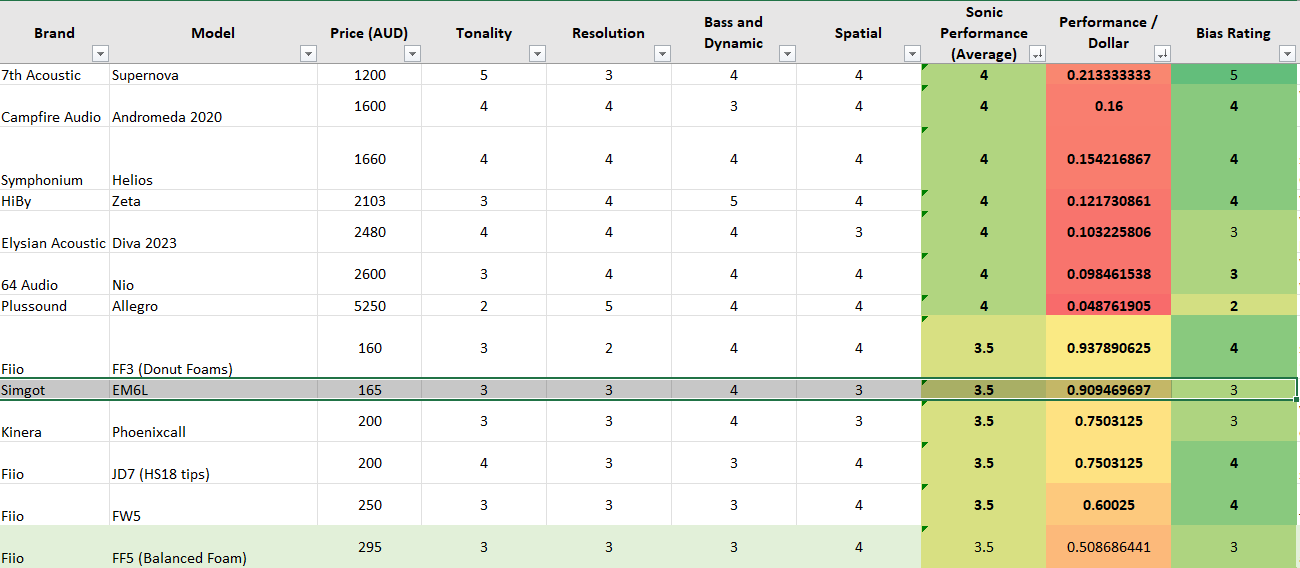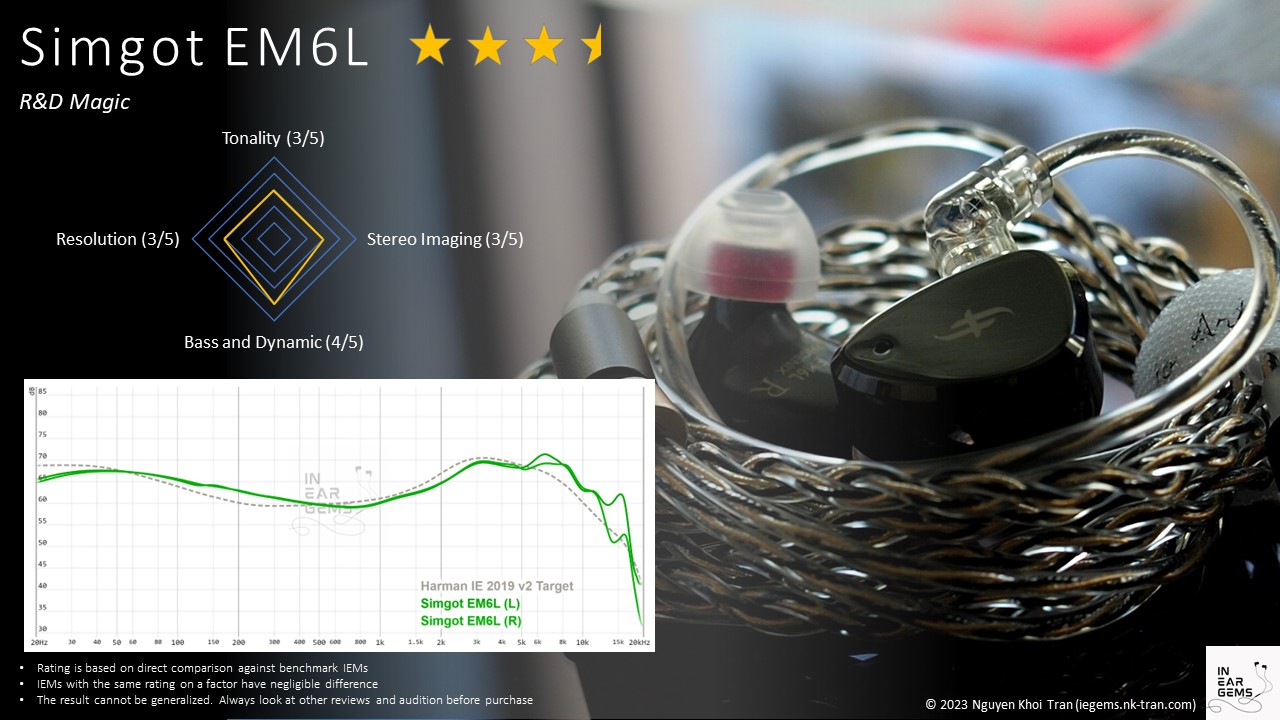Simgot EM6L - Phoenix
Simgot is, without a doubt, one of the success stories in the ultra-competitive budget-friendly side of the IEM market. Thus, there is no better IEM to wrap up the year than a Simgot IEM. Today, we have a look at EM6L, a 5-driver hybrid IEM.
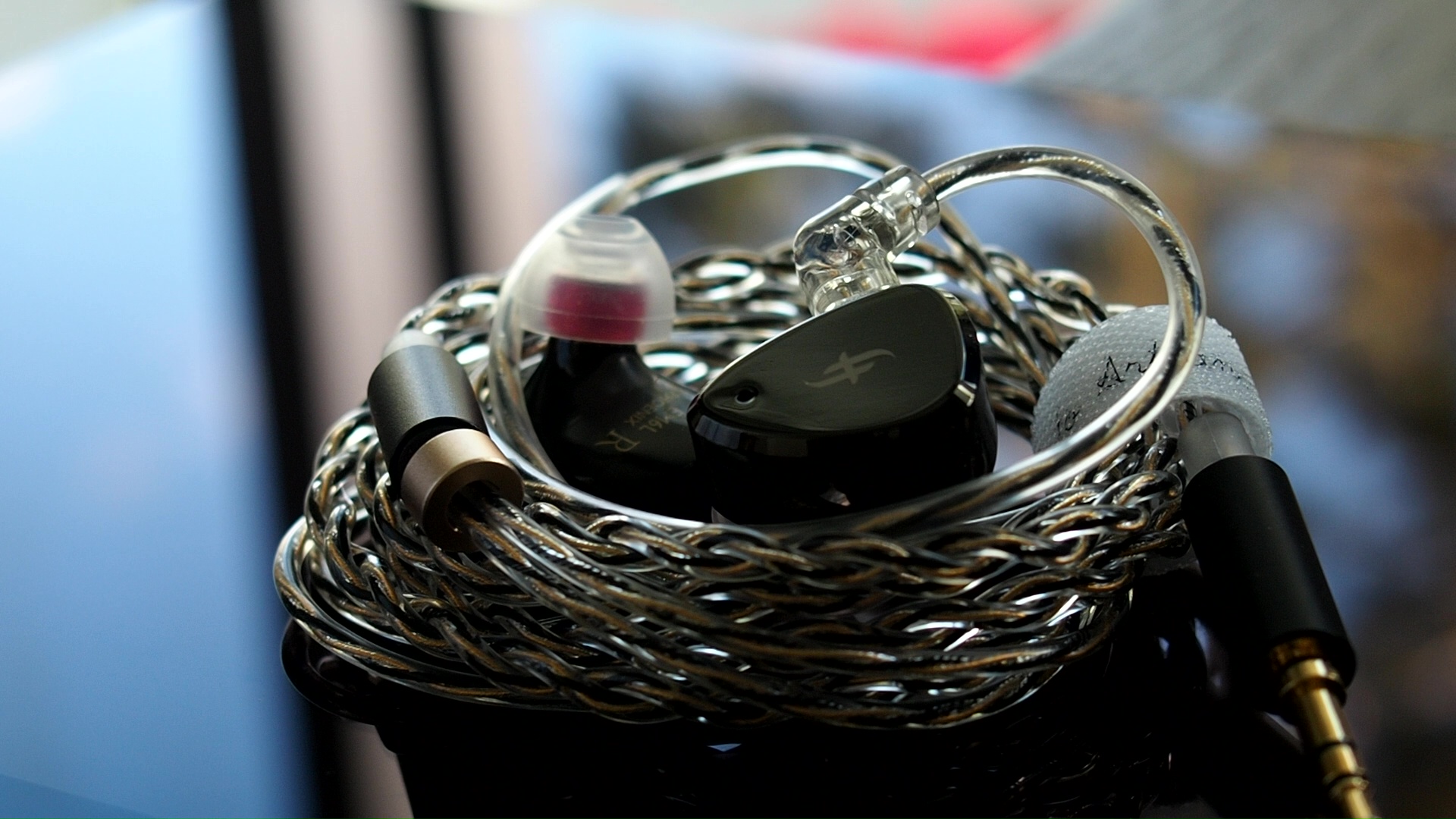 Forewords
===
Forewords
===
- What I look for in an IEM is immersion. I want to feel the orchestra around me, track individual instruments, and hear all of their textures and details. I’m not picky about tonality, as long as it does not get in the way of immersion.
- I rate IEMs within with a consistent scale from 1 (poor) to 3 (Adequate) to 5 (outstanding). Ratings are assigned by A/B tests against benchmark IEMs, regardless of the retail price.
- Ranking list and measurement database are on my IEM review blog.
- Terms used in my reviews are consistent with the glossary by Headphonesty
- This review is based on a review sample from Simgot (Thank you!). I have no affiliation with or financial interest in Simgot.
- The unit retails for $110 at the time this review was published. Unaffiliated link: https://www.linsoul.com/products/simgot-em6l
Testing setup: Local FLAC files -> iBasso DX300 (stock player app) -> stock cable (3.5mm) -> EM6L -> SpinFit CP100 M
Unboxing



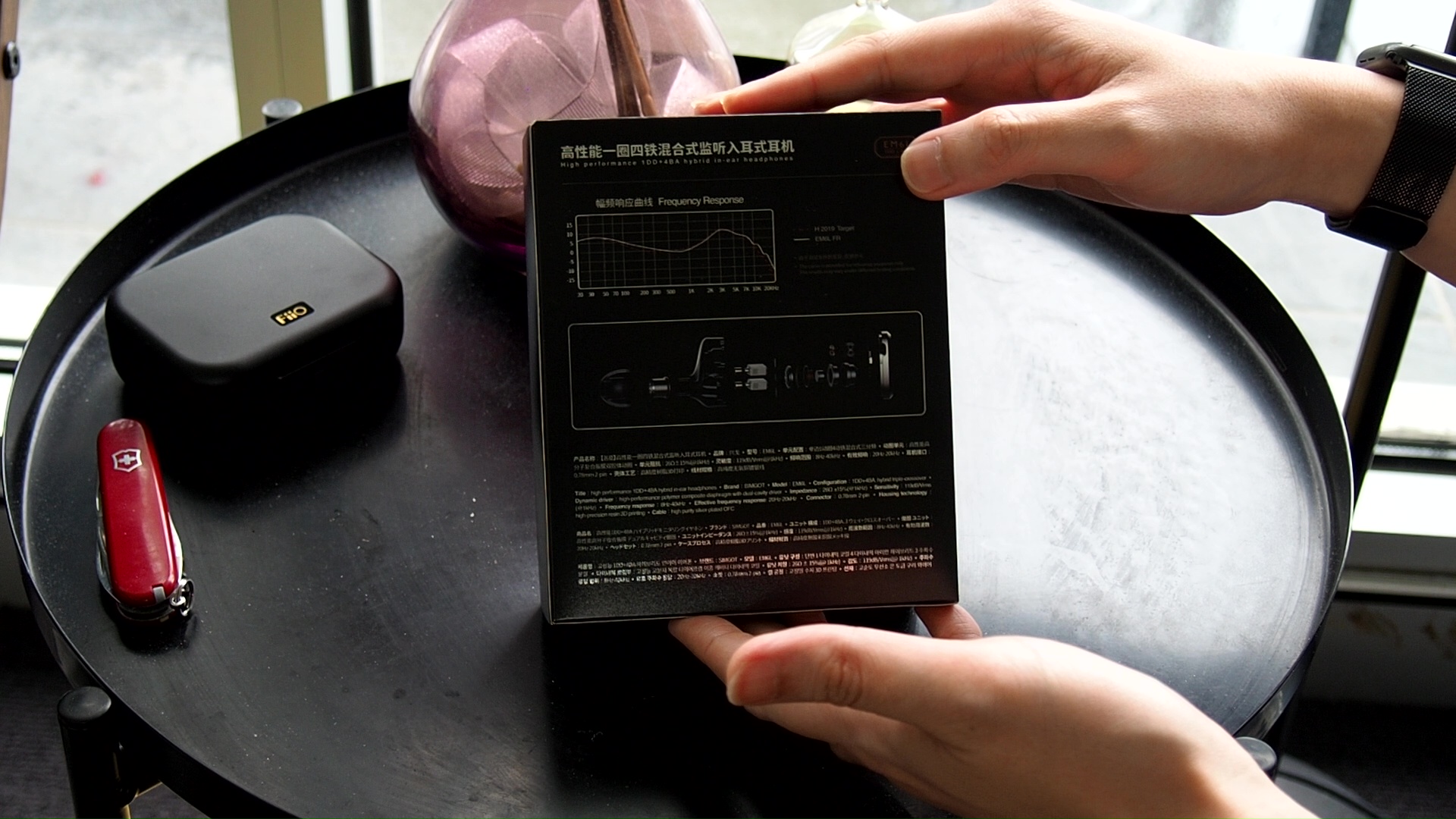

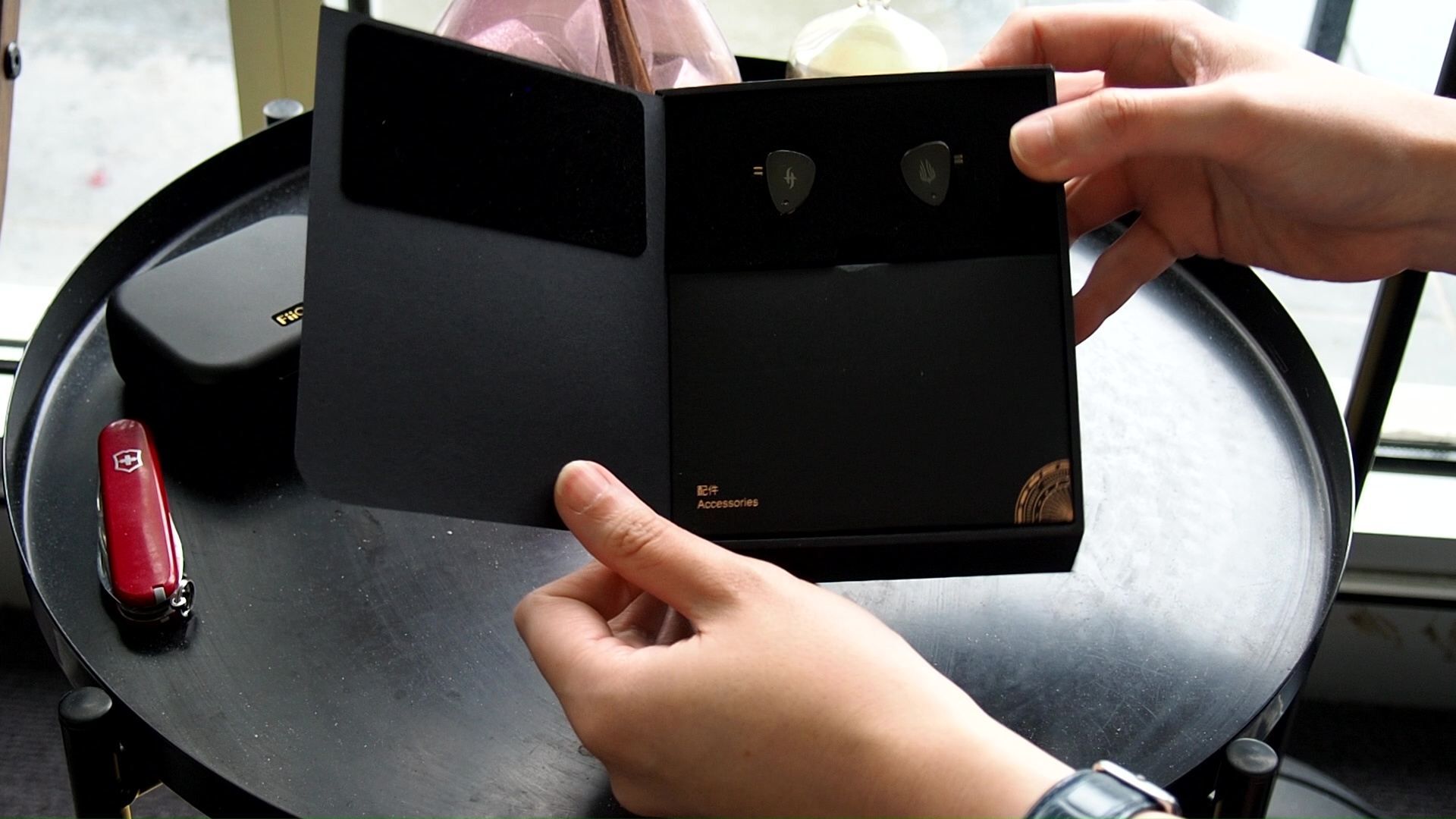
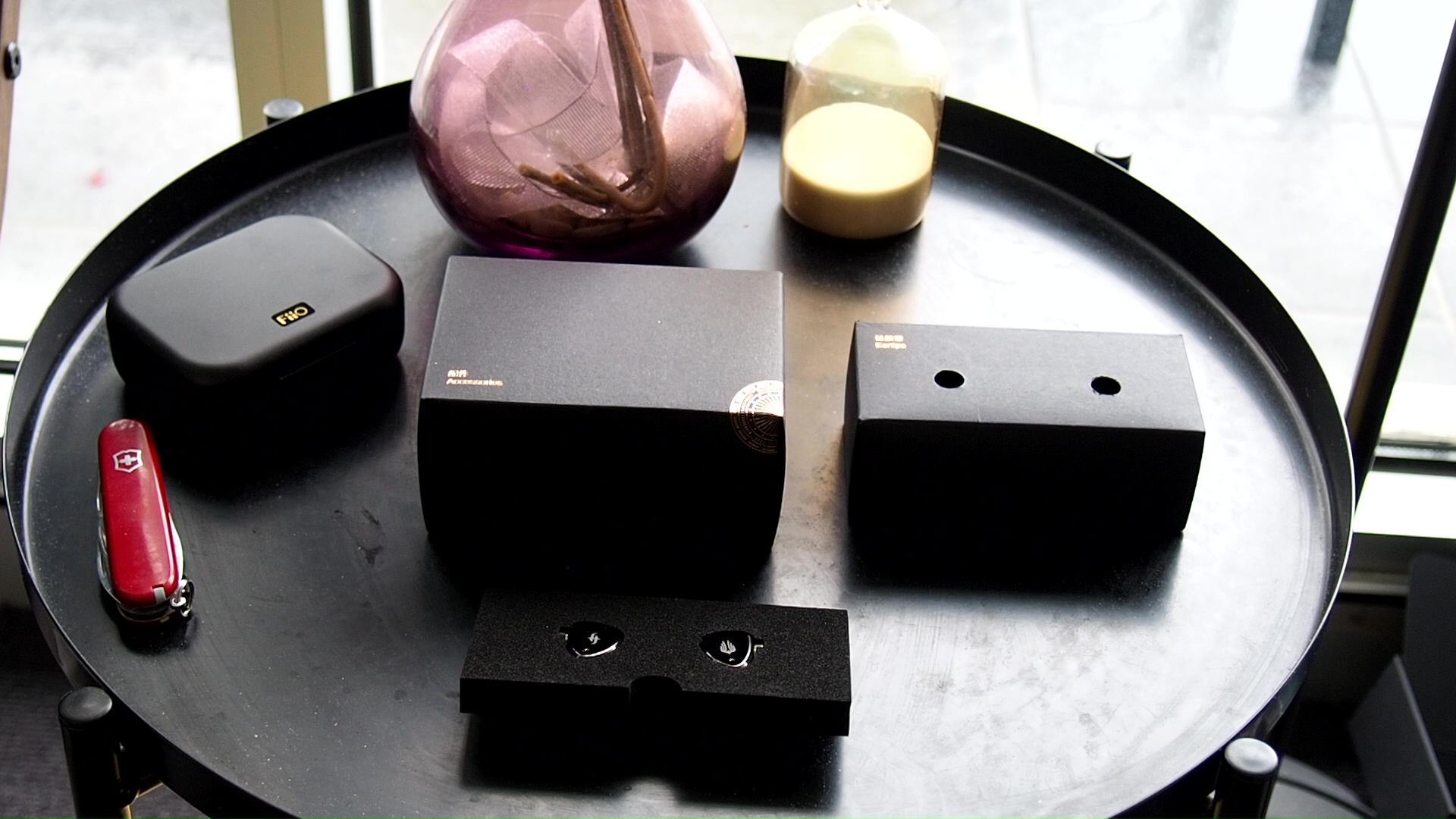
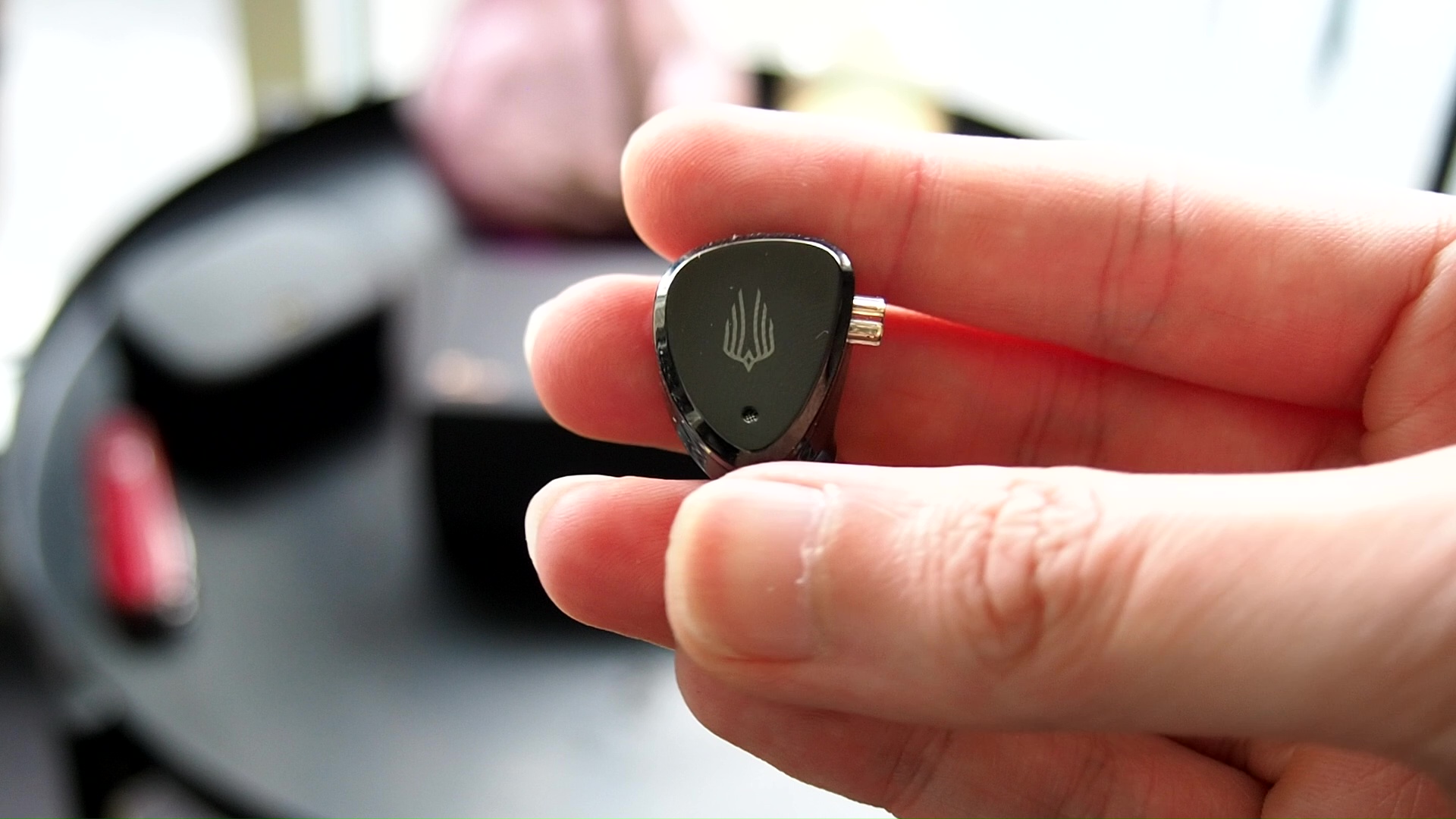

The earpieces of EM6L are surprisingly small, especially if you consider the fact that it has 4BA and 1DD inside. I was also surprised to find that the faceplates of EM6L are plated metal rather than plastic. EM6L is one of those IEMs that look more impressive in real life than on internet photos.

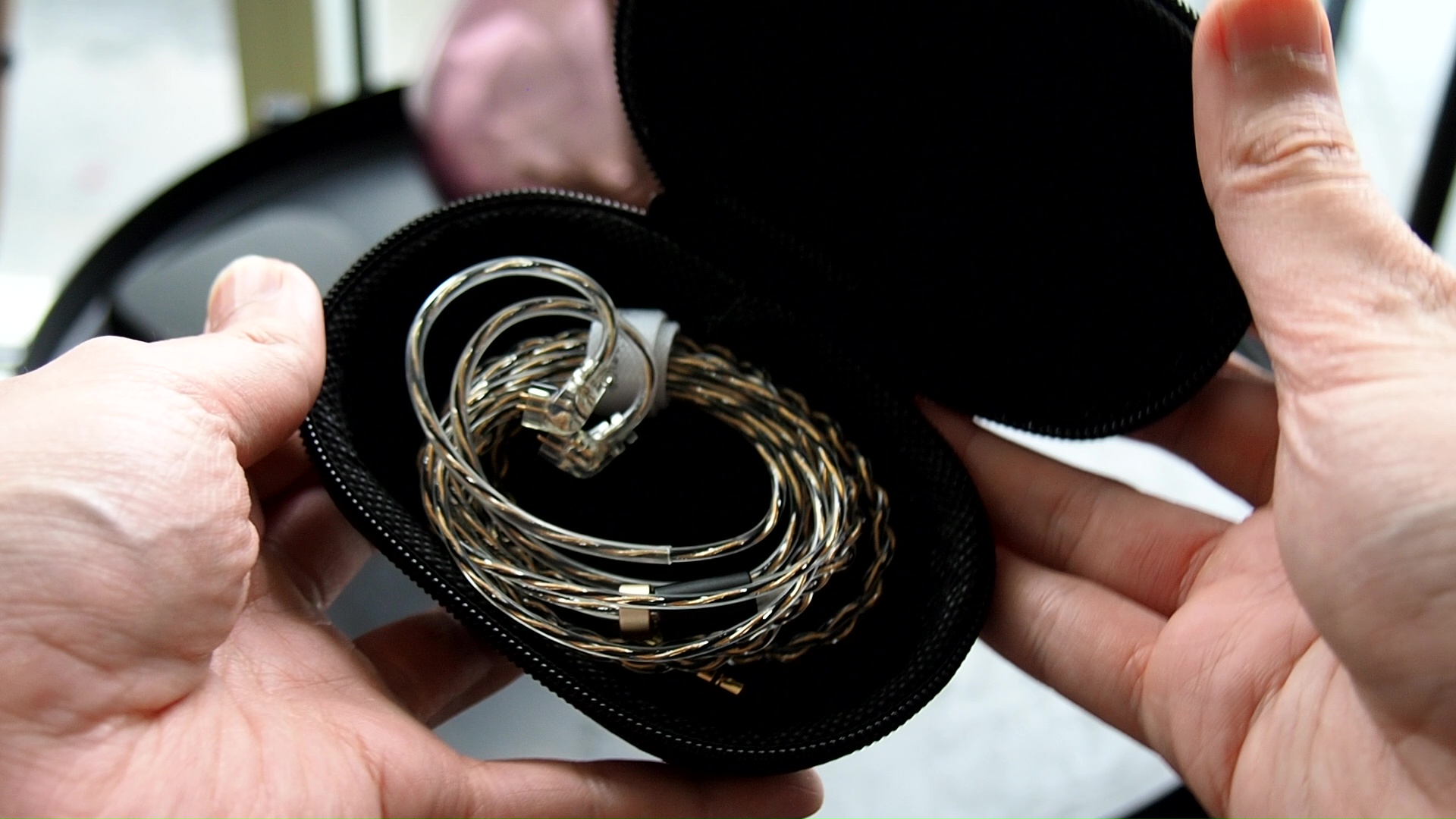
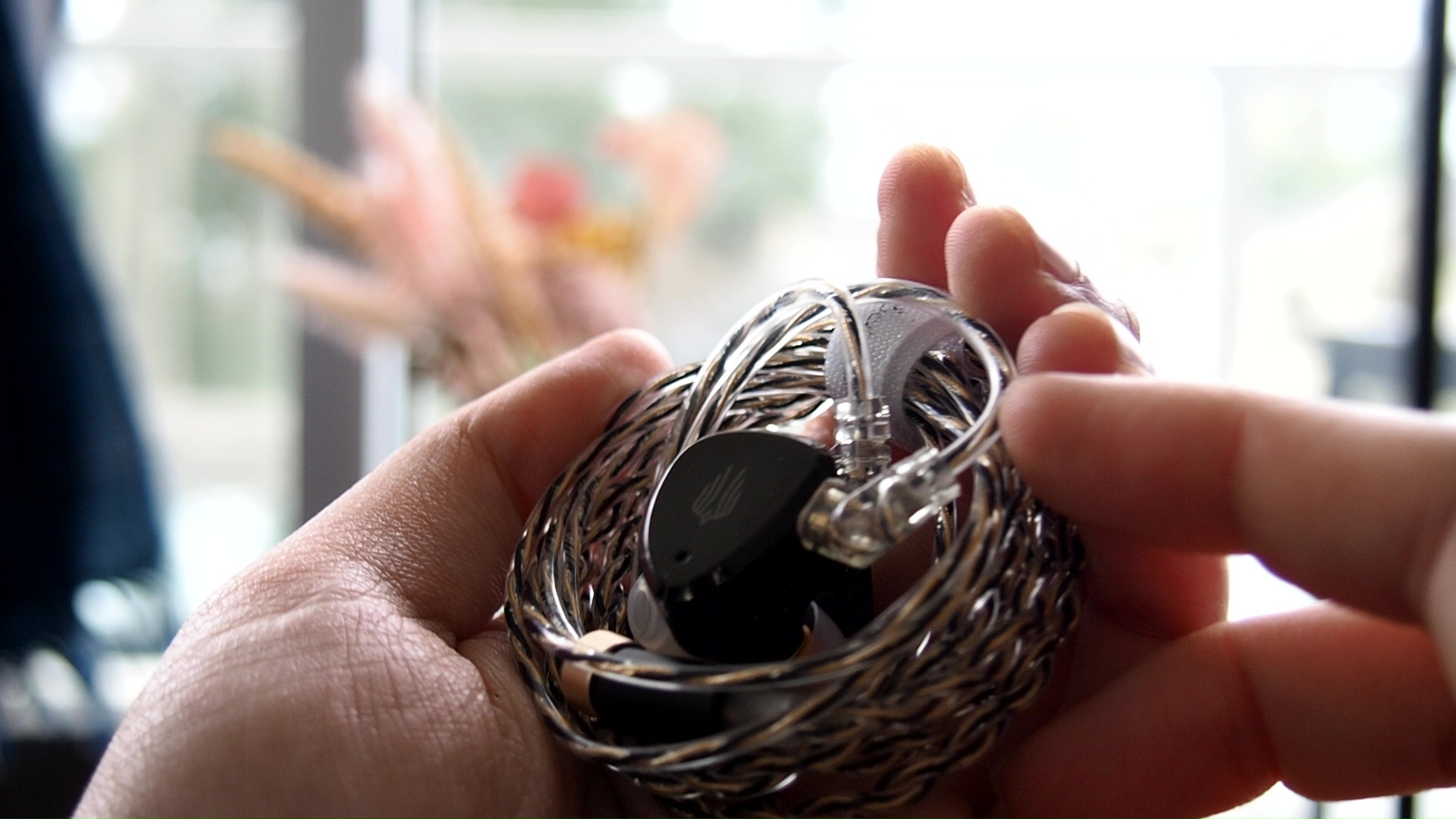
The stock cable feels a bit sticky. On the plus side, it is quite soft and well-behaved. Subjective Experience ===
So, what is it like to live with EM6L?
First, let’s talk about comfort. To me, the comfort of an IEM relies on three factors: the earpieces, the nozzles, and the pressure release mechanism. EM6L excels in the first and the third factor. The earpieces of EM6L are on the smaller side of the market, which is quite impressive given that they contain 1 dynamic driver and 4 BA drivers. The pressure release is also well done. I did not hear any driver flex and did not experience pressure build in any of my sessions.
The nozzles of EM6L are where things turn south somewhat for me. When I wear IEM, I aim to reach an optimal fitting depth such that the earpieces can rest against the concha of my ears. This fit tends to make IEMs seal better and sound better by pushing the resonance peak further into the treble air region. EM6L makes it challenging to achieve this optimal fit because its nozzles are on the larger side. To put it in context, these nozzles are too large for narrower tips like Final Type E, stretch medium tips like SpinFit CP100, and perfectly match larger tips like CP145. The second challenge is the length of the nozzles. Whilst EM6L’s nozzles are not as long as the notorious ones on Etymotic IEMs or Symphonium Helios, they are still a bit too long, given the diameter. Even by the end of the review time, I had not been able to find a perfect ear tip combination for the EM6L, though the ever-reliable CP100 M does provide decent fit and comfort.
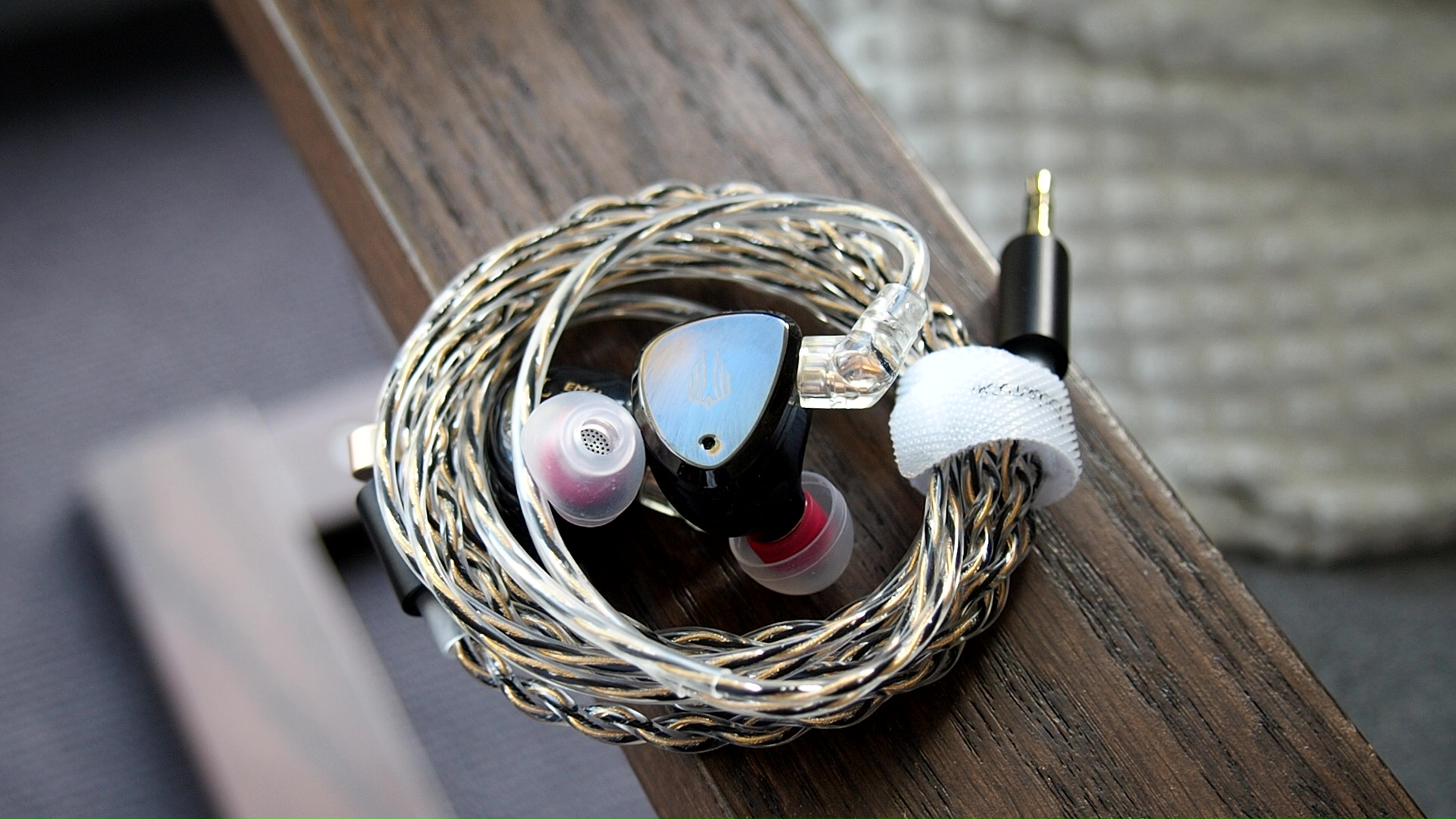
Now, let’s talk about the sound of EM6L. Since an IEM reproduces music rather than creating it, I will convey the “sound” of EM6L by describing how I hear some favourite tracks in my library with this IEM.

The first track we will listen to is “Now We Are Free”, the final track in the album SCORE by the talented and charismatic 2Cellos. Why this track? Firstly, it sounds incredible. Secondly, it highlights the timbre and tonal balance of any IEM via the way they reproduce the cellos.
My immediate impression after the opening phrase of the piece was, “Yup, it’s Harman with less lower-midrange dip.” If this is the first time you come across my reviews, let me elaborate a little. By” Harman”, I mean the frequency response target developed by scientists at Harman International that tells manufacturers how to balance different frequency bands of their headphones and IEMs to achieve a broader appeal. IEMs tuned according to the Harman target have a few standout characteristics, most of which appear in the sonic performance of EM6L.
A key characteristic of Harman-tuned IEM is the brighter and thinner midrange due to a combination of a substantial boost in the upper midrange (higher music notes and mostly harmonics) and a dip (reduction) in the lower midrange (lower notes, fundamental frequencies of string instruments). As a result, the main instruments and vocals, especially female vocals, tend to stand out with a “crystalline” clarity and presence. However, some instruments like cellos can sound overly thin,” dry”, and lacking the resonance or rumble you can hear from real-life cellos. EM6L does not dip the lower midrange to the level of a full-Harman IEM like Moondrop’s Variations, so the cellos do not sound as thin and frail but still lack body. All cellos in this” Now We Are Free” sound more like low-pitched violins (viola?) rather than cellos. On the other hand, the main cellos sound very clear and focused, with a stable position on the soundstage. The higher notes of the cellos stand out more than some other IEMs I reviewed recently that featured a more laid-back tuning.

Moving on from tonality, let’s talk about soundstage imaging. Again, the presentation of EM6L does not fall far away from the Harman root. As I mentioned, the two main cellos have precise positioning in the sonic picture painted by the recording. They are always at the centre of the stage, hovering at the front of my head. The positioning is focused and stable, meaning they don’t flicker around or randomly collapse into other recording elements and confuse me. The left-right separation and positioning of instruments are also good, evidenced by the fact that the violin section pops out on the forward-left of the soundstage, separated from the cello actions at the centre of the stage. There is also a hint of front-to-back instrument placement. However, EM6L could not create a convincing illusion that instruments are placed on different layers, from up close to far away in the background. On the plus side, in some sections of the music, such as around the 3:00 mark, EM6L can create a large and open sonic picture.

How about the resolution? Thanks to the tuning, EM6L has great perceived clarity. At a glance, the music sounds crisp, clear, and clean. There is also a slightly “grainy” artefact in how EM6L presents the midrange, creating an illusion of detail. If I put the” critical listening” hat on, I would say there is room for improvement. For example, in the hazy, misty section around 4:30, EM6L struggles with the orchestra’s definition and separation of instruments. As a sanity check, I took out the “big gun”, my 64 Audio U12T, and listened to the same section. Even in this hazy section, instruments in the orchestra can still have definition and separation if the gear is resolving enough. Is this an unfair comparison? Absolutely! But it highlights that the lack of definition and separation I pointed out was not impossible to resolve. Still, for casual listening and listeners, the level of performance and the perceived clarity of EM6L is rather good.

For the next track, I listened to” The Imperial March”, performed by the Berliner Philharmoniker under the baton of John Williams himself. Why this track, you might ask. Besides being an iconic piece that is always fun to listen to, The Imperial March also serves well as a test for bass responses of IEMs. Of course, there are various ways to dissect and analyse the bass response. Still, at the end of the day, the question is straightforward: can an IEM convey the energy of a march. Too little or too much bass is both detrimental to that sense of speed and rhythm.
How does EM6L do? It’s complicated.
From a bird eye view, it seems that Simgot does little wrong with the bass response of EM6L: the bass has good extension, the dynamic driver can convey a tactical physical sensation, and the bass is adequately separated from the midrange for emphasis yet also decently blended into the midrange. All the elements of a good bass response are there. Yet, for some reason, EM6L has been unable to convey the energy and sense of rhythm I was looking for. EM6L shares the same symptoms as a few other IEMs, like the Moondrop Aria 2021 or even the Unique Melody MEST III: softer bass transients. The volume swings at the attack of bass notes are not large enough, and the “snap” at the top of the bass note is slightly rounded. To put it in context, some IEMs have transients like whip cracks. Others have transients like hitting a pillow. EM6L is in the middle, leaning more towards the pillow than the whip cracks.

For the last track, let’s listen to “Can’t Help Falling in Love” by Pentatonix in their Vol. IV album. As expected from a Harman-inspired IEM, vocals pop with great clarity and “lightness.” All voices are audible, including Avi’s bass line, which is usually buried by higher voices when you listen with a “true Harman” IEM. On the negative side, sibilance (the piercing whistling sound when singers sing words with “S” or “SH” or “Z”, such as the line “Shall I Stay”) was also more prominent than what I would like. I also found that all voices are concentrated in a small area in the middle of the soundstage, making it more difficult to separate and hear individual voices.
Frequency Response Analysis
Frequency response of EM6L against the Harman in-ear target. Measurements were done with an IEC-711-compliant coupler and might only be compared with other measurements from this same coupler. Visit my graph database for more comparisons.
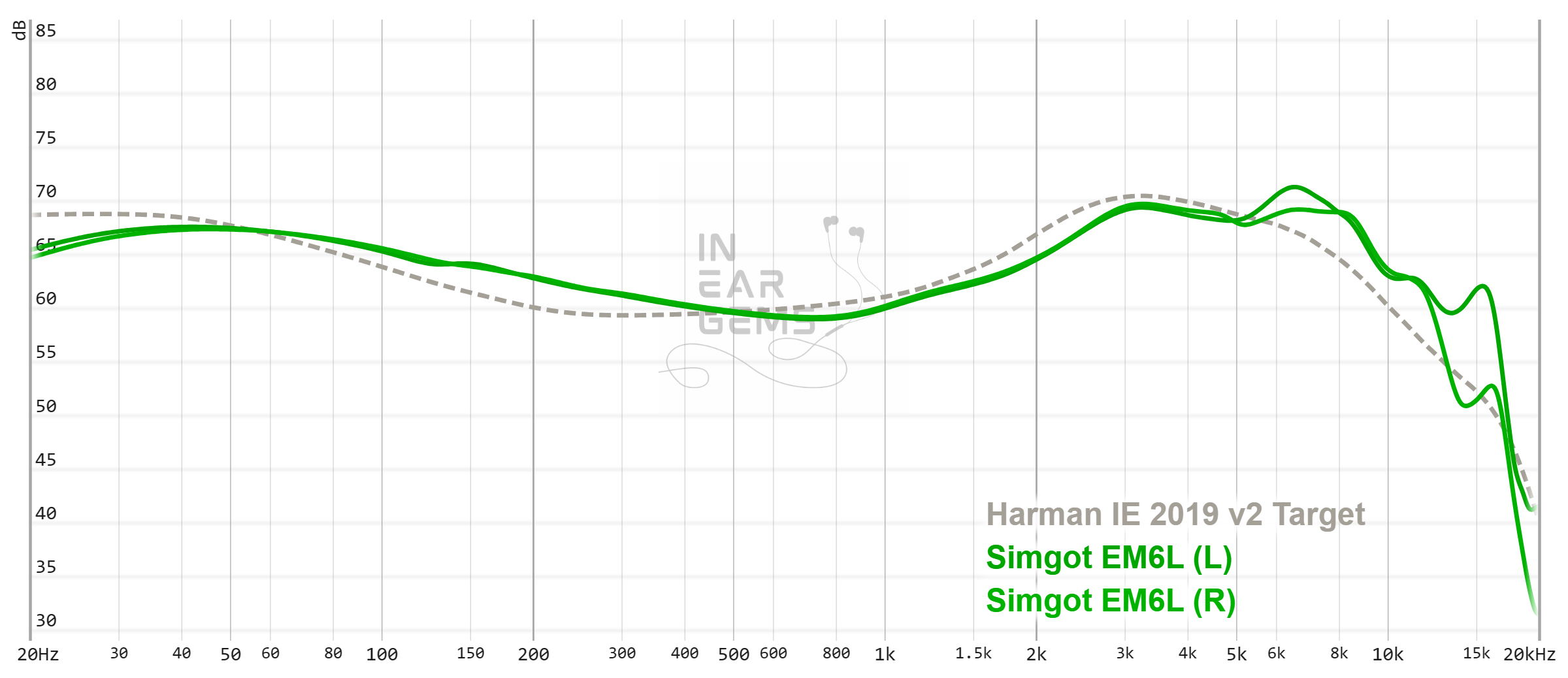
It is helpful to think of an IEM as a filter that highlights or subdues different parts of the incoming audio signal. This effect can be measured objectively by the squiggly lines above, called Frequency Response (FR) graphs, which measure how loud an IEM is at different frequencies from 20Hz (bass) to 20kHz (upper treble). Subjectivity is how your ears and brain interpret the effect of that filter on your music and decide whether it is “enjoyable.” There are some “rules of thumb” when it comes to tonality, but most interesting IEMs usually bend the rules masterfully.
The subjective impressions of EM6L closely align with its measurements. As you can see, EM6L follows the target quite well. The position and amount of upper midrange boost, peaking at 3kHz, plays a significant role in shaping the tonality of EM6L, creating that “crystalline” clarity and focused positioning of instruments and vocals that I described above.
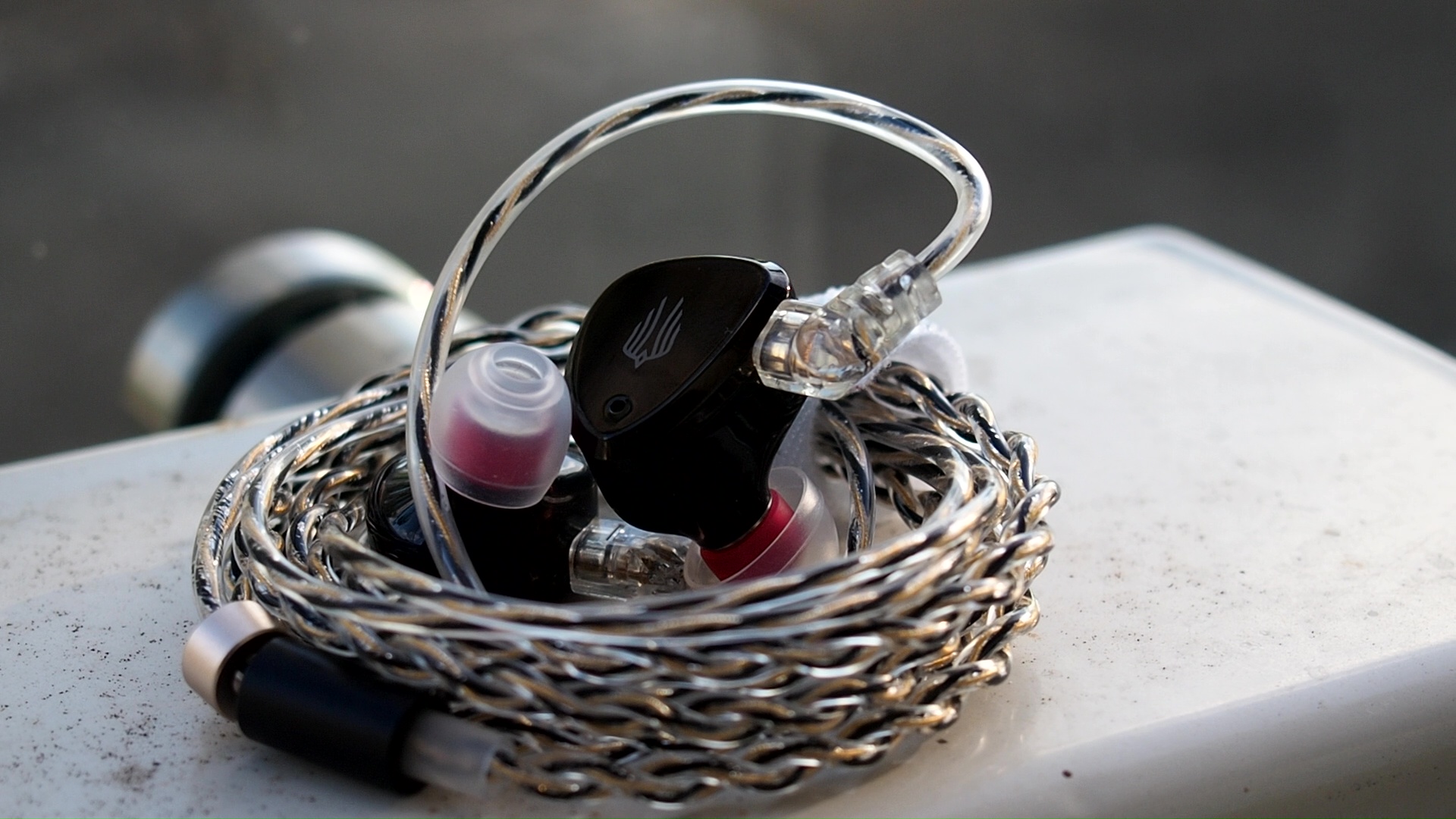
At the same time, EM6L deviates from Harman’s target in three ways. Firstly, this IEM does not feature the dip at around 250Hz. In my opinion, filling in this gap in the Harman target was a good idea from Simgot because it neutralises part of the uncanny “thinness” in the tonality of Harman and provides a necessary counterbalance for the upper midrange boost at 3kHz.
Secondly, EM6L has slightly less energy, around 2.5kHz, than the target. This small gap might have helped pull the midrange of EM6L a touch away from the head compared to a full Harman IEM. Though I would say, this might be purely conjecture.
The third deviation from the target is the treble region. EM6L has significantly more energy, around 5kHz and 10kHz. This tuning style emphasises cymbals, hi-hats, and chimes, giving EM6L a lively and sparkly presentation. At the same time, it can be more sibilant with some recordings that have been mastered too “hot.”
Resolution

Resolution is a fascinating subject due to the difficulty of pinning down what it really is. To me, “resolution” can be broken down into three components: (1) Sharpness, incisiveness, or “definition” of note attacks (see the figure above). (2) The separation of instruments and vocals, especially when they overlap on the soundstage. (3) The texture and details in the decay side of the notes. The first two give music clarity and make it easy to track individual elements of a mix. The last provides music details and nuances. Smooth and well extended treble response plays a crucial role.
The listening impressions above suggest that EM6L has a decent level of resolution. How good, you might ask? To answer that question, I performed a few A/B tests with Moondrop Aria 2021 and Moondrop Blessing 2, my trusty benchmarks for adequate (2/5) and good resolution (3/5). The analysis below is based on the song “Can’t Help Falling In Love” by Pentatonix.
The comparison between EM6L and Aria was straightforward, with the former outclassing the latter in all aspects. EM6L indeed has a brighter and leaner tuning, which positively contributes to the perception of separation and clarity. However, when we listen to denser sections of the recordings where all voices occupy the same centre area of the soundstage (meaning the thinner tonality cannot help improve separation), the EM6L does a noticeably better job at shaping the boundary and separation between voices. Meanwhile, Aria has never been able to create this sharp separation. Whether you prefer EM6L’s sharp instrument definition and separation over the mushy-yet-pleasing presentation of Aria is a different question. However, in terms of sheer resolution, EM6L wins.
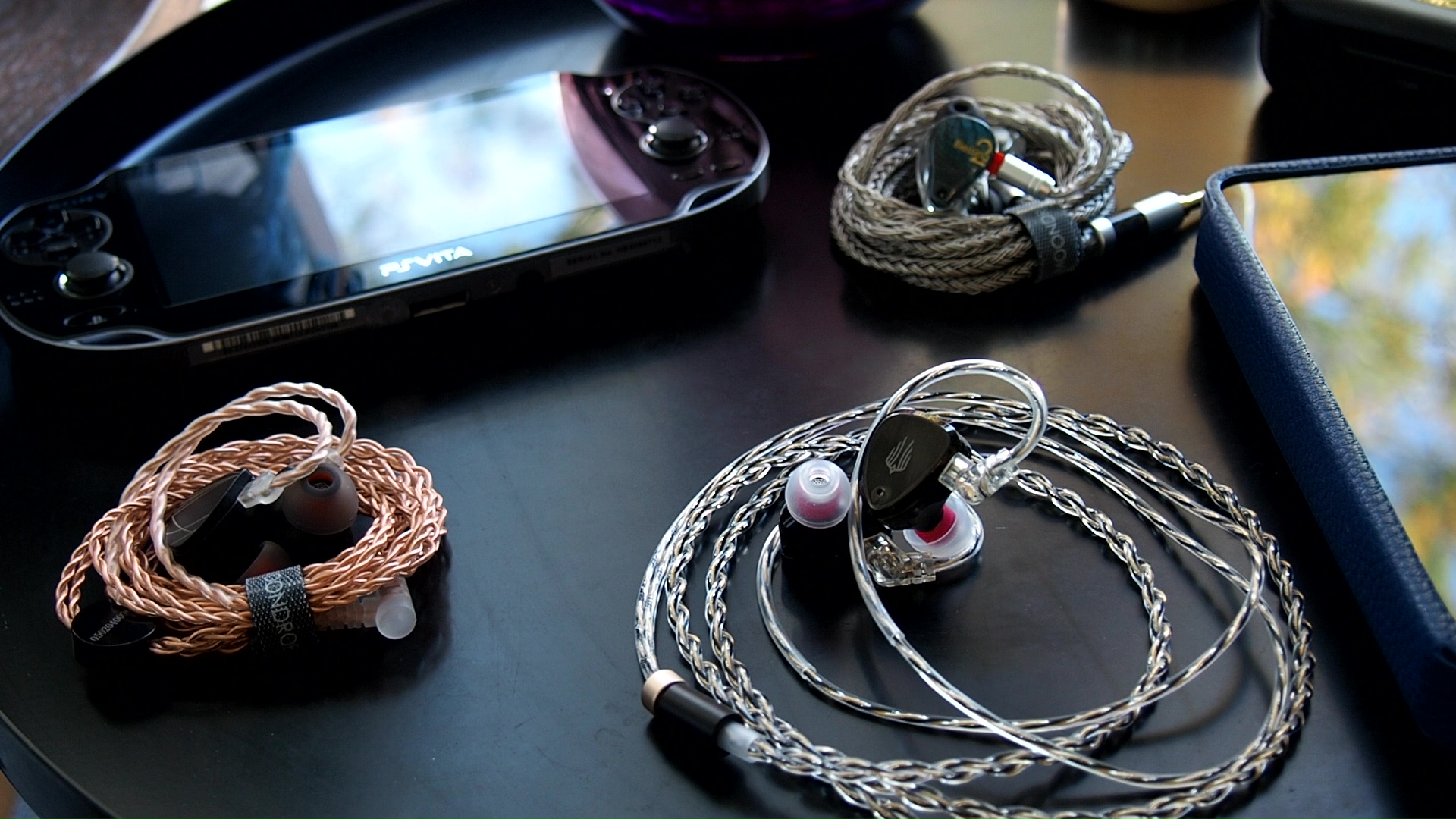
The comparison between EM6L and Blessing 2 was more complex and required more careful listening. Again, the EM6L has an edge regarding the boundary and separation between voices. However, Blessing 2 has an advantage in terms of the richness in texture and details of the voices. Still, it would be hard to pinpoint these differences at a glance and without having two IEMs to compare side by side. At the same time, there was a clear gap between both and the next entry in my scale. Therefore, I would consider the difference between EM6L and Blessing 2 to be practically negligible and place EM6L in the same bracket as Blessing 2 (3/5 - Good)
Soundstage Imaging

Stereo imaging or “soundstage” is a psychoacoustic illusion that different recording elements appear at various locations inside and around your head. Your brain creates based on the cues in the recording, which are enhanced or diminushed by your IEMs, your DAC, and your amplifier. Some IEMs present a wide but flat soundstage. Some present a “3D” soundstage with layering, depth, and height. In rare cases, with some specific songs, some IEMs can trick you into thinking that the sound comes from the environment (a.k.a., “holographic”)
The stage of EM6L, like that of most Harman-like IEMs, is good but not remarkable. To answer the question “how good”, I listened to the Winter violin concerto performed by Freivogel and Voices of Music and compared EM6L with Moondrop Blessing (3/5 - Good) and Campfire Audio Andromeda 2020 (4/5 - Great).
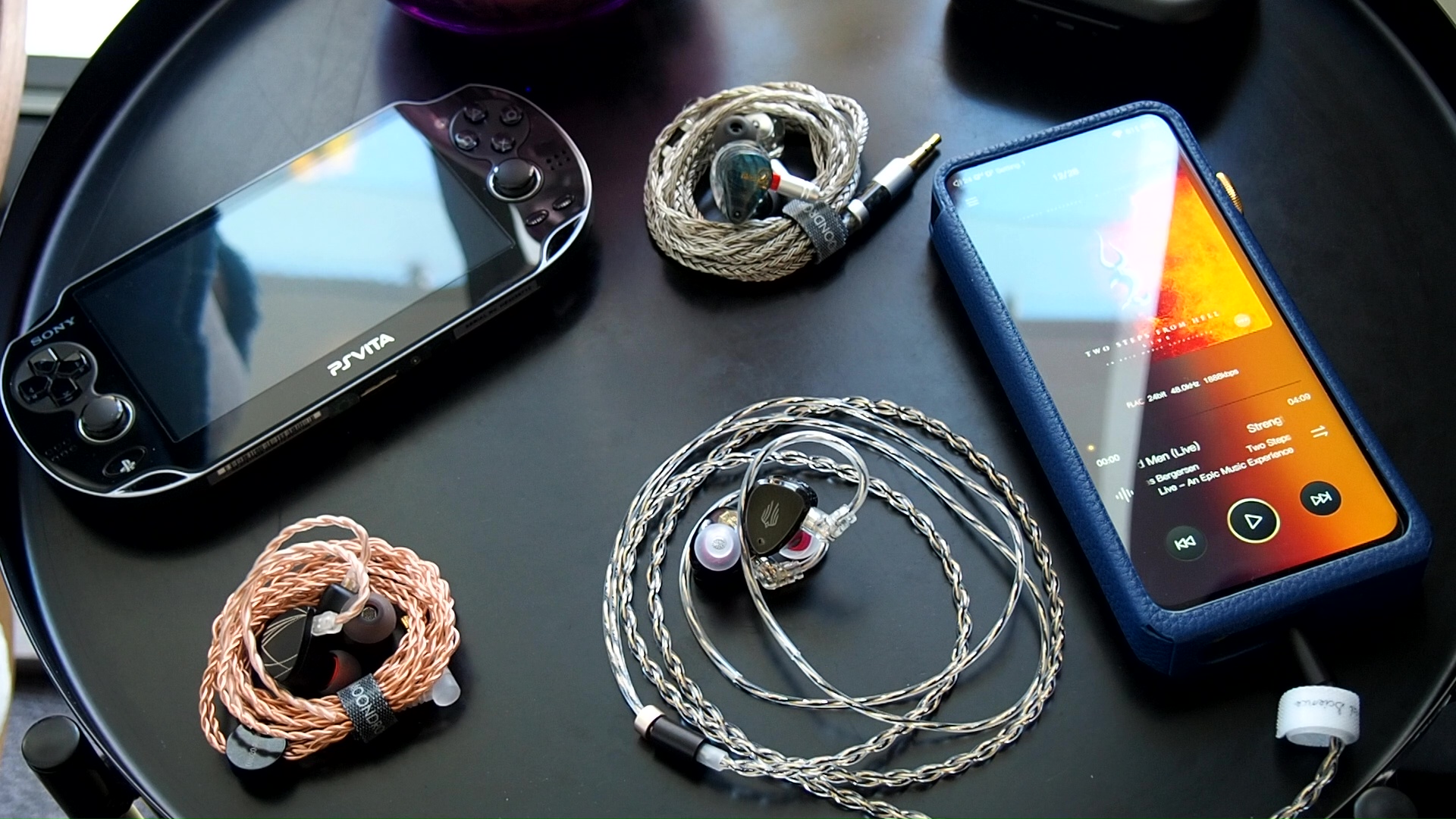
The soundstage presentation of EM6L fits neatly between Blessing 2 and Andromeda 2020, leaning more towards the former than the latter. On the plus side, Blessing 2 and EM6L create an open orchestra representation. One way to describe the sensation is to imagine opening the doors and windows to your listening room and letting the winds come in. Meanwhile, listening to fully-sealed IEMs like Andromeda feels like closing all doors and windows and turning down the light. Another advantage of EM6L over Blessing 2 is the sense of space and distance between instruments.
On the other hand, both Blessing 2 and EM6L present a flat sonic picture that is not very immersive. Following up on the listening room analogy above, listening to Blessing 2 and EM6L is comparable to watching a large TV. On the other hand, the Andromeda feels like putting on a VR headset because it puts you in the middle of the orchestra, inside the “TV.” I needed to make some volume adjustments and get my brain “burn-in” due to the significant difference in tonality between EM6L and Andromeda. Still, the difference was straightforward to spot when everything was dialled in correctly.
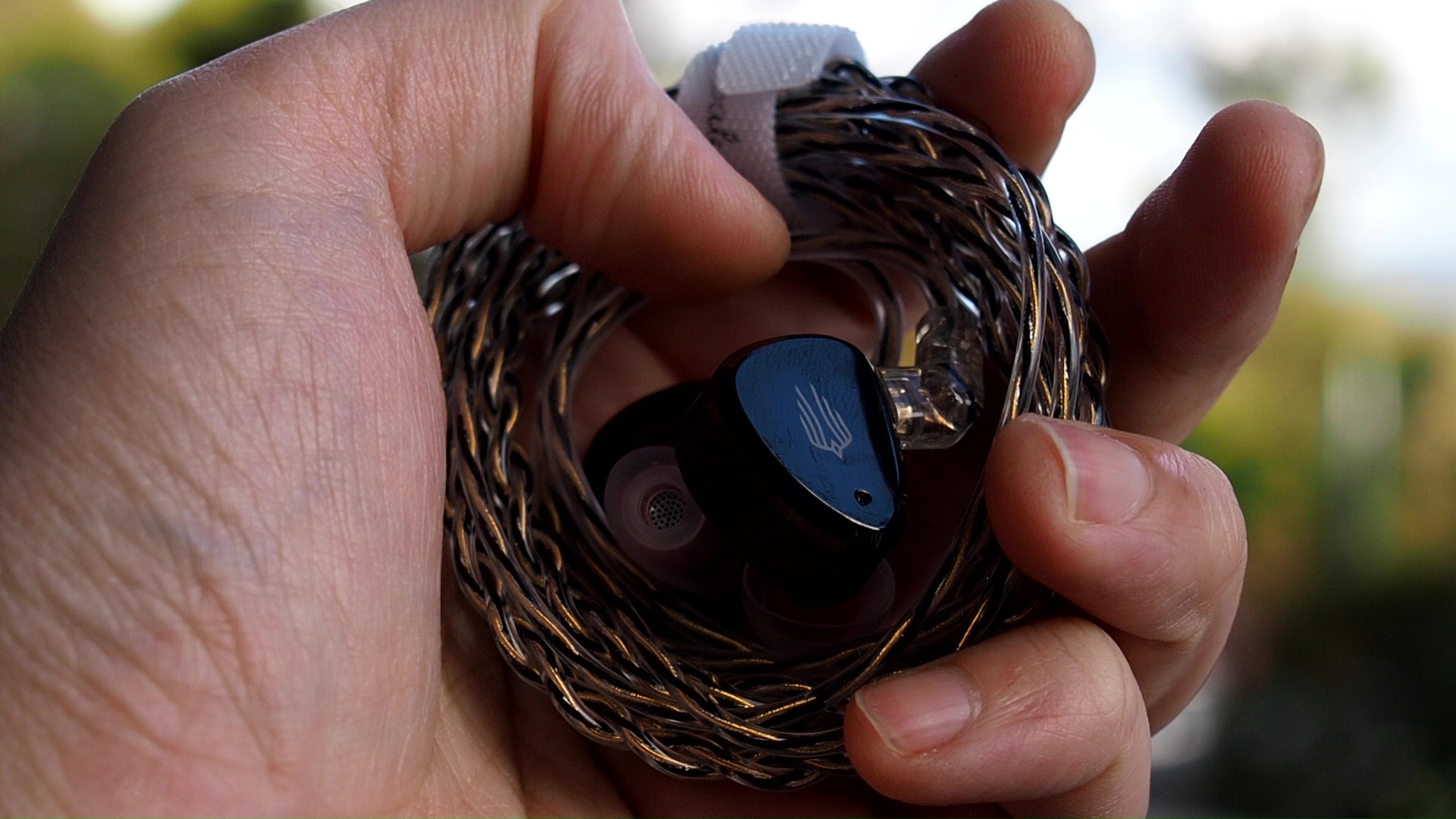
Soundstage imaging with games (CS GO Gameplay by Throneful): Both pros and cons of the soundstage imaging of EM6L. On the plus side, the presentation feels wide and open, often “out-of-the-head”. The far-away gunshots sound properly distant, though only if they come from the left or the right. Due to the limitation in the depth reproduction, the front-to-back and low-to-high positioning is not great. That said, I’m sure you can use this IEM successfully in FPS games if you combine the sound with visual cues and overall situational awareness.
Comparisons
AFUL Performer5 (Fiio HS18 tips, Nicehck black cat 4.4mm cable). Test track: Polyphia - Playing God:
- One would expect these IEMs to sound similar because both are “Harman-inspired”, yet they differ quite a bit upon close inspection.
- EM6L has a “dryer” and crisper presentation than P5. The difference is clear from the opening passage on the guitar. Even the bass of EM6L feels dry and crisp comparing to P5.
- The bass drops on P5 are thicker and indulgent. EM6L, on the other hand, has sharper attack and more textures. Which one is better? Your choice.
- Instruments feel slightly more spread out with EM6L. The stage also feels more open.
- The level of resolution, both perceived and “true”, of both IEMs are practically identical.
Rating and Conclusion
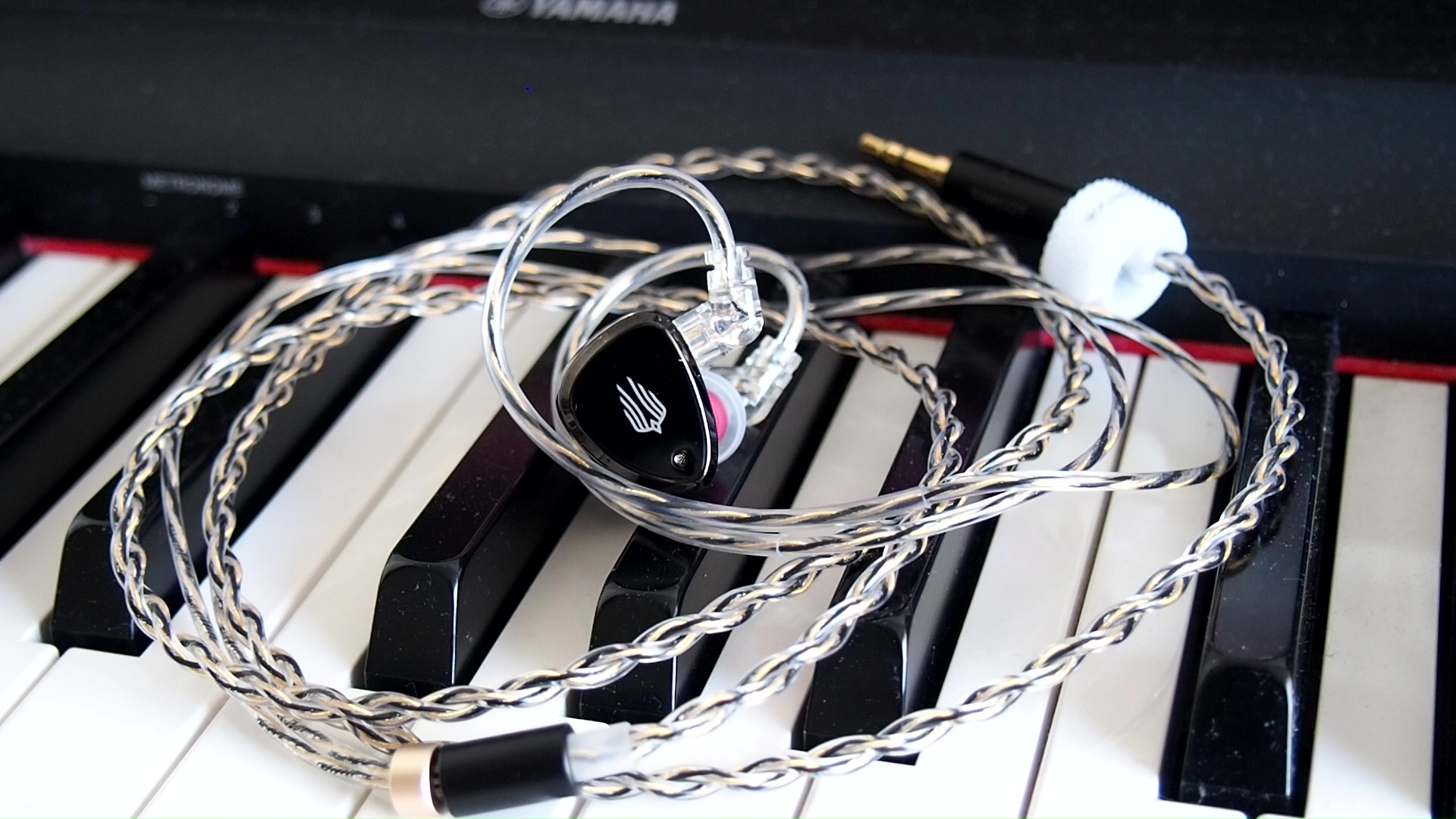
When you look at this review at a whole, you might find it overly critical. But the fact that I can be that critical about EM6L, a $110 IEM, is a testimonial of how far and how fast the IEM industry has advanced. In just over two years since the release of the legendary Moondrop Blessing 2, the IEM that “redefines the price bracket”, we have something with similar driver configuration and compete favourably on the sonic front, whilst having a better fit and selling at a significantly lower price tag. EM6L is an embodiment of that advancement. If you prefer a faithful adoption of the Harman target with some tasteful tweaks, Simgot EM6L is a great option. Even if you don’t like Harman target, you can still be happy that something like EM6L exists, because it’s an indication that the future of our little hobby is indeed bright (pun intended) and accessible.
Absolute Sonic Quality Rating: 3.5/5 - Good (Tonality 3 - Bass 4 - Resolution 3 - Staging - 3)
Bias Score: 3 (I’m lukewarm about this IEM)
Value Proposition (Price / Performance): Very High
